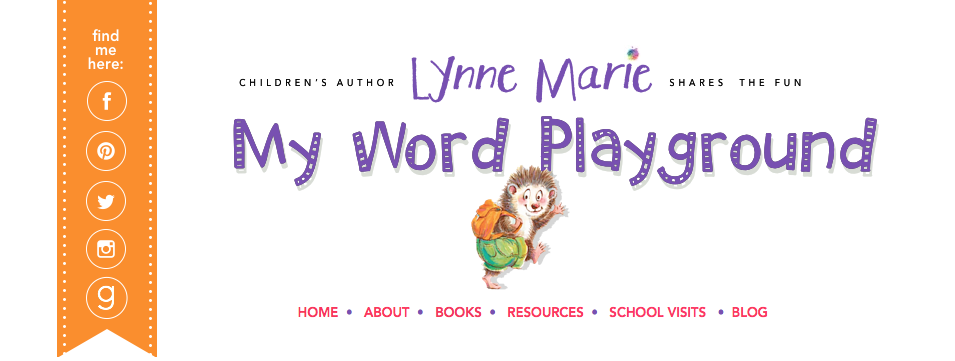By Chana Stiefel
Now that my debut picture book DADDY DEPOT hit bookshelves on May 16, I decided to look back at my first draft to see how the published version compares with the original story.
First a caveat: When I wrote my first draft eight years ago, I knew next to nothing about writing picture books. Sure, I read them every night with my kids and I could recite my favorites from my childhood by heart. But I knew very little about the craft of writing picture books—creating a story arc, building characters, introducing conflict, perfecting page turns, developing language . . . and setting up the perfect setting.
Looking back, I found a big surprise: Only two things remained from my first draft—the title and the setting. And guess what? They are one and the same! DADDY DEPOT is the story of a little girl named Lizzie who gets mad at her dad (he’s distracted by football, he tells bad jokes, and he falls asleep during snuggle time), so she returns him to the daddy store. Lizzie goes on a shopping spree in a warehouse filled to the ceiling with dads up for grabs. Will she find the perfect dad?
With a dig at imperfect parents (and children), DADDY DEPOT is a story about unconditional love. It’s also a spoof of our consumer culture in which everything (even dads) can be returned. Or can they?
In 2013, at an NJSCBWI conference, I pitched DADDY DEPOT to my (future) agent John Cusick at four-minute pitch session. He laughed at the idea of a book about a daddy store and said, “Send it to me.” The book sold to Feiwel & Friends a few months later. (Cue the funky chicken touchdown dance!)
I later had a conversation with John about the setting for another story that just wasn’t working. John pointed out that so many kids’ stories are set in schools and at home--and for good reasons. These settings are the places that are most familiar to kids. But what worked for Daddy Depot was that the big-box store was not only relatable, it also transported kids to a whole new world.
Setting is much more than a backdrop. It can open doors to new experiences. For the writer, the right setting presents a world of opportunities for character development, language, culture, conflict, and resolution. In other words, the right setting can set up your story in transformative ways, both for your characters and your readers.
A few other debut picture books I’ve read this year accomplish the same goals:
BUNNY’S BOOK CLUB by Annie Silvestro is the story of a bunny that sneaks into the library through the book drop to borrow books. Her forest friends soon follow. In BOB & JOSS GET LOST by Peter McCleery, two friends are shipwrecked and get lost on a desert island—or do they? FRESH-PICKED POETRY: A DAY AT THE FARMER’S MARKET by Michelle Schaub is a lovely book of poems about friends at an urban greenmarket. MRS. McBEE LEAVES ROOM 3 by Gretchen Brandenburg McLellan is about a beloved teacher leaving a school. The children use their classroom materials and individual talents to cope with the big change in their lives. All of these books have unique settings that kids can relate to, but with an added twist.
When writing or revising a picture book, ask yourself:
- Is my setting relatable to kids (and parents)?
- Is it unique?
- How do the characters relate to their setting?
- Does it fill the reader with a sense of wonder?
- How can I make the setting central to the story? (Yes, the illustrator can fill in details, but it should matter if your story takes place on Mars or at the Mini Mart.)
- What would happen if I drop my character into an entirely new setting? How does he or she act and react?
On this last question, I tried this technique for one of my (semi-autobiographical) characters in a story about a little girl who wants to change her unpronounceable name. What was a standard story about a soccer-playing kid named Chana became WAKAWAKALOCH, a story about a cave girl who wants to change her name to Gloop. The cave-culture setting opened up lots of opportunities for humor and character development, as well the chance for Wakawakaloch to find a solution to her own problem. WAKAWAKALOCH will be coming out from Houghton Mifflin Harcourt in 2019! (Still dancing!)
In DADDY DEPOT lingo, playing with setting can be the difference between the Clearance aisle and a Lifetime Guarantee of picture book success! Try it and see what happens.
Author Bio
Chana Stiefel is the author of more than 20 non-fiction books for kids about stinky castles, exploding volcanoes, and other wild stuff. Her picture book, DADDY DEPOT (Feiwel & Friends), debuts on May 16, 2017. Visit Chana at www.chanastiefel.com and her authors’ blog www.kidlittakeaways.com, which she writes with her critique partner, Donna Cangelosi. Chana is represented by John M. Cusick at Folio Literary.




























No comments:
Post a Comment